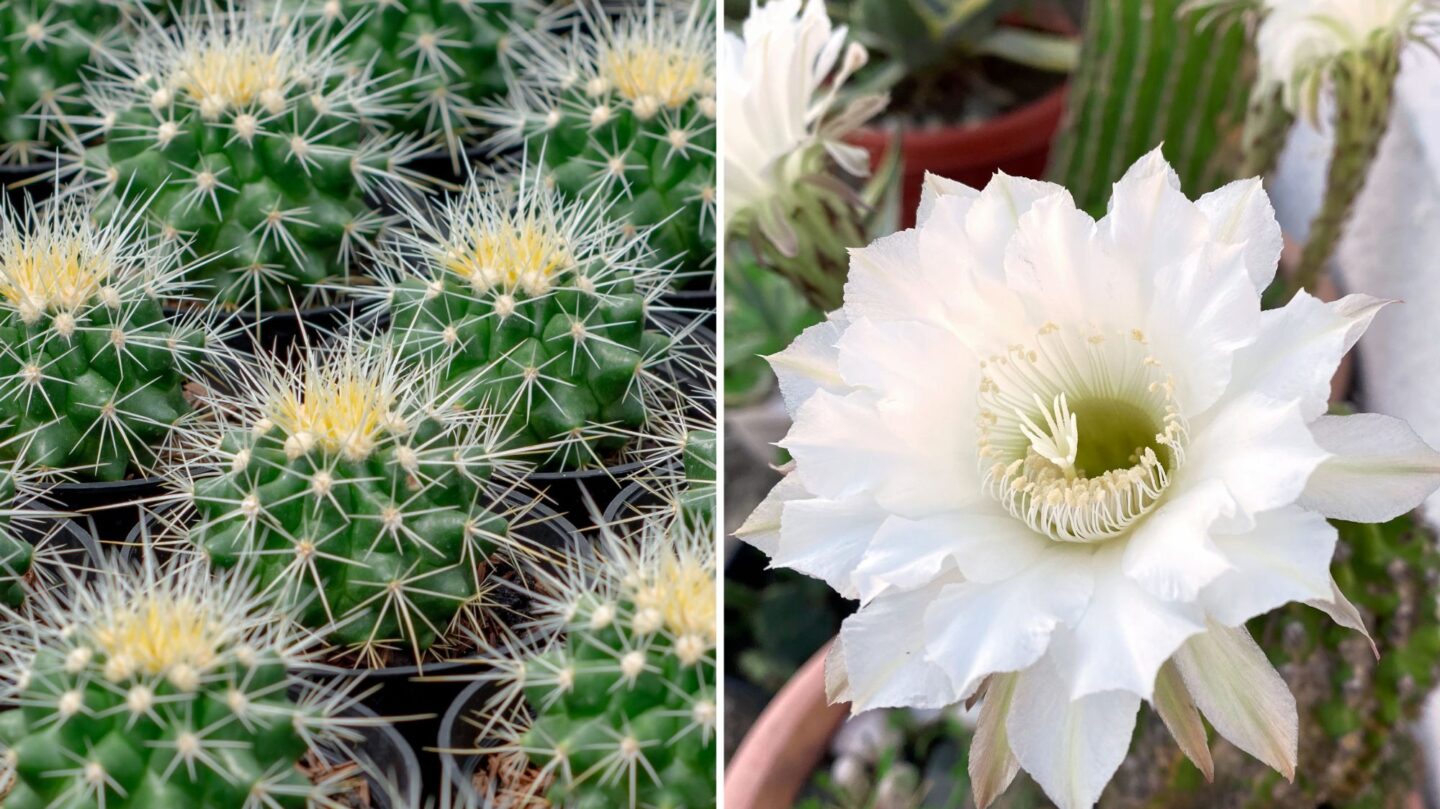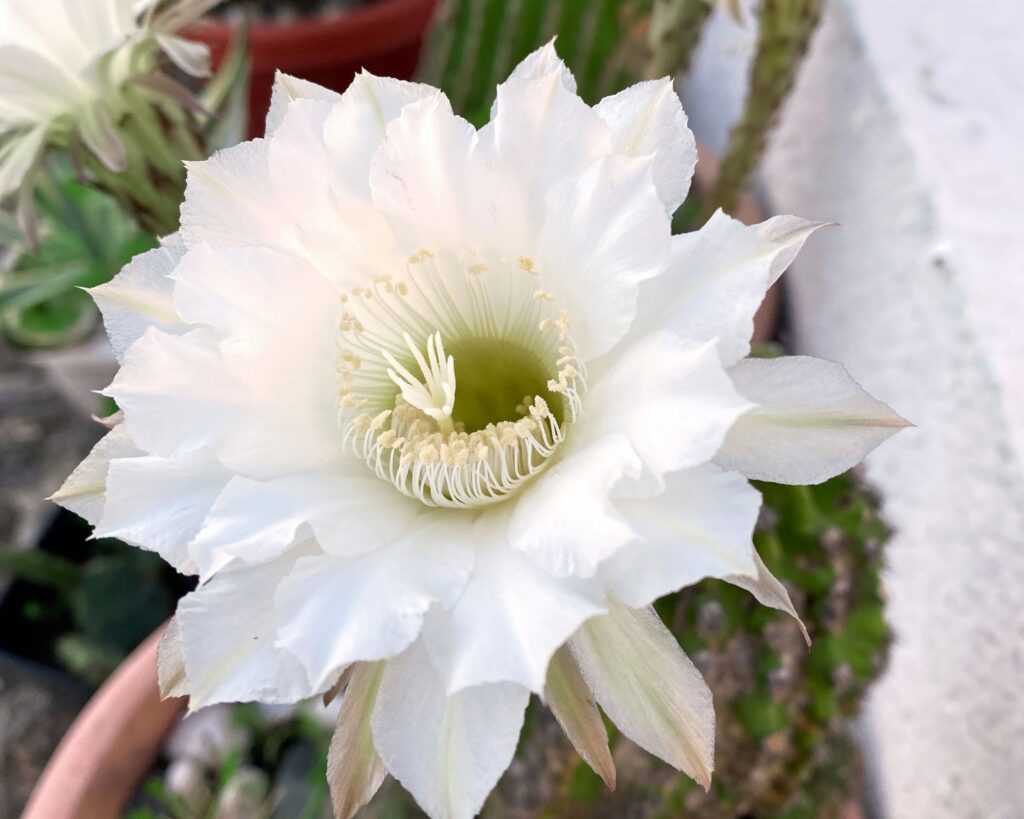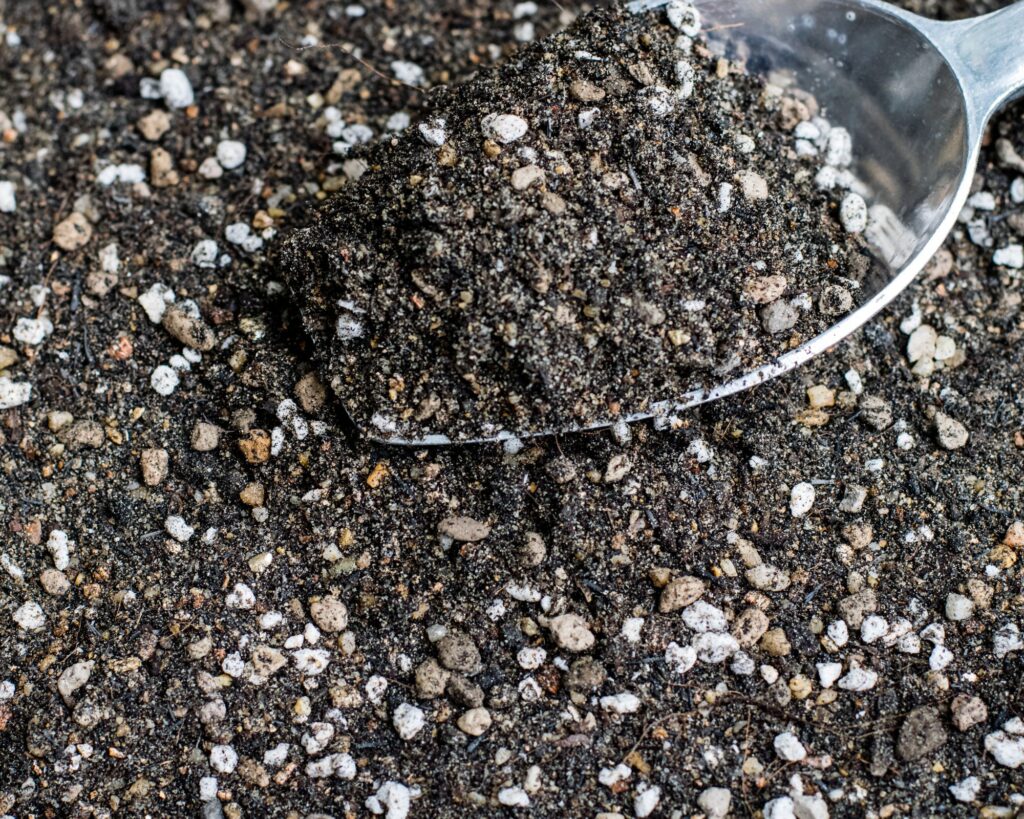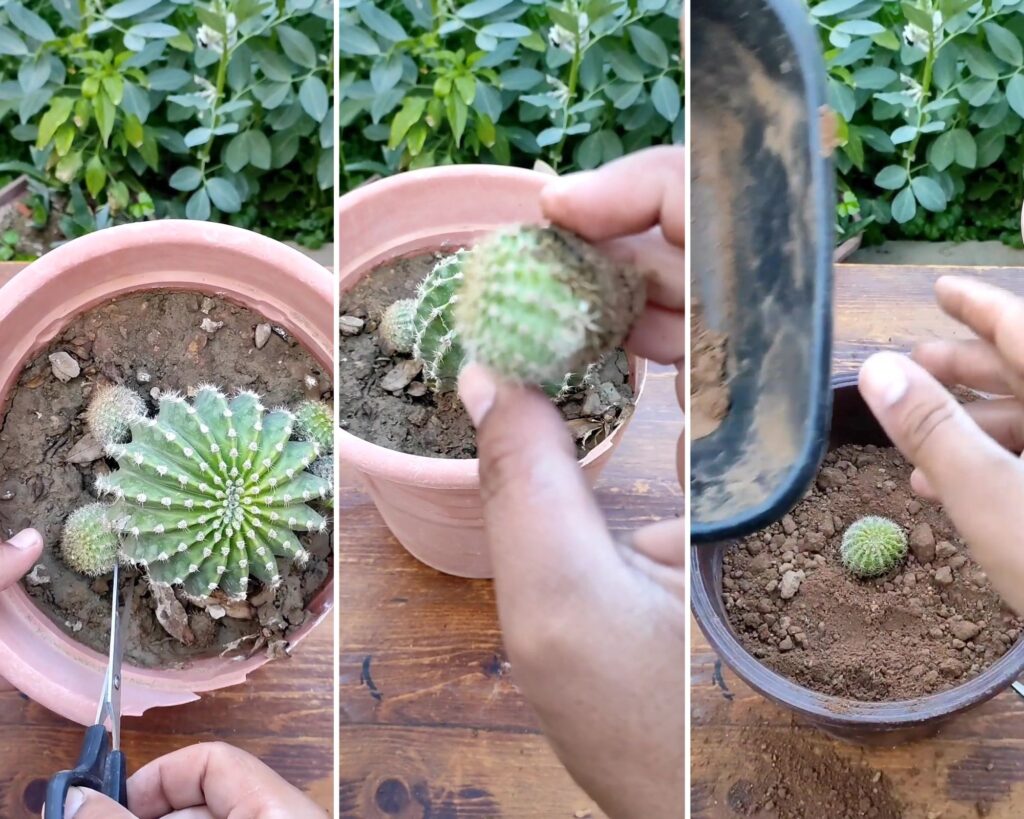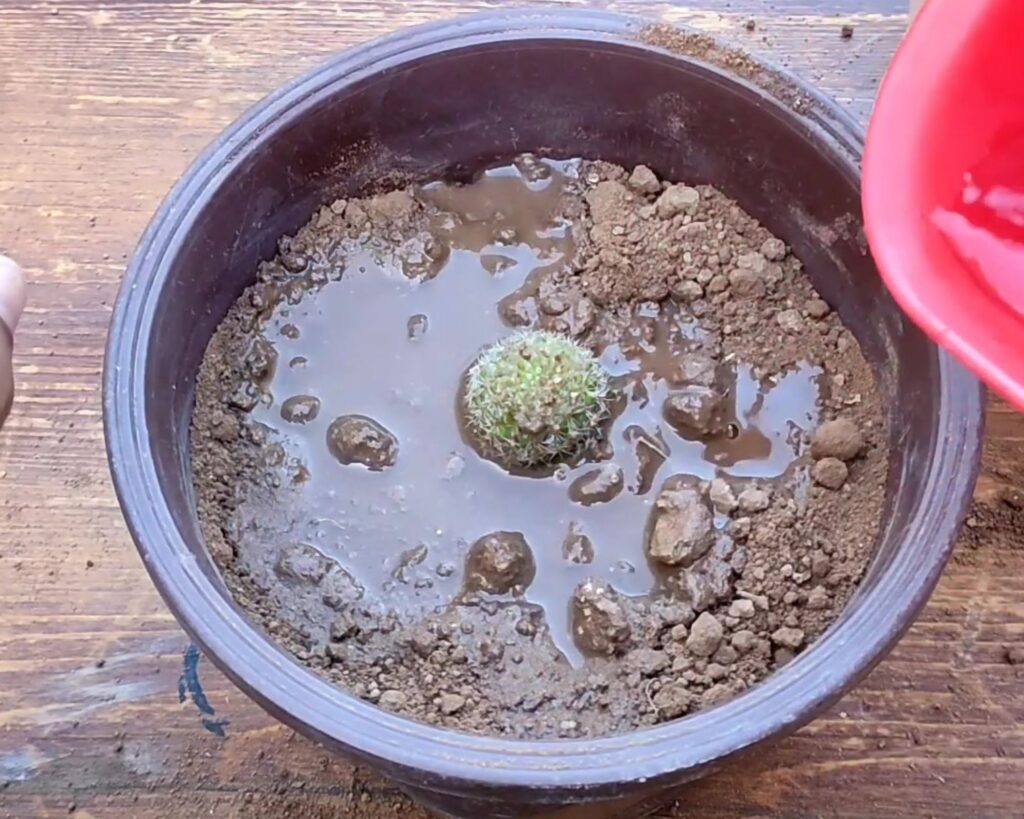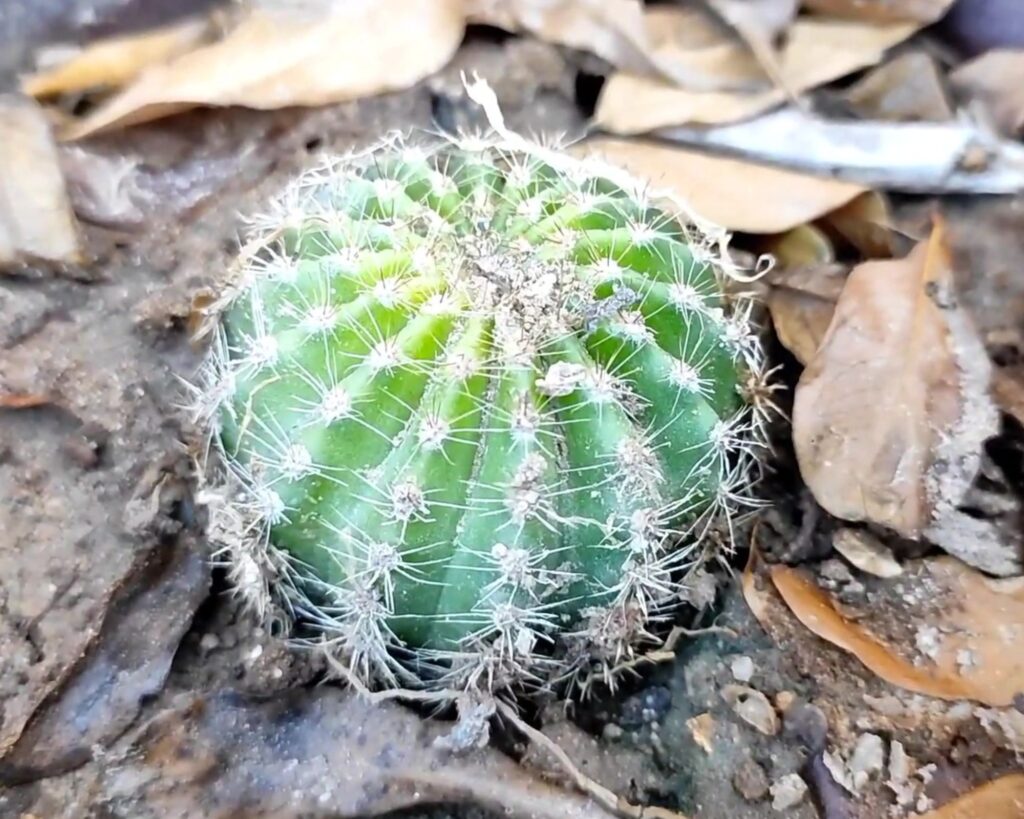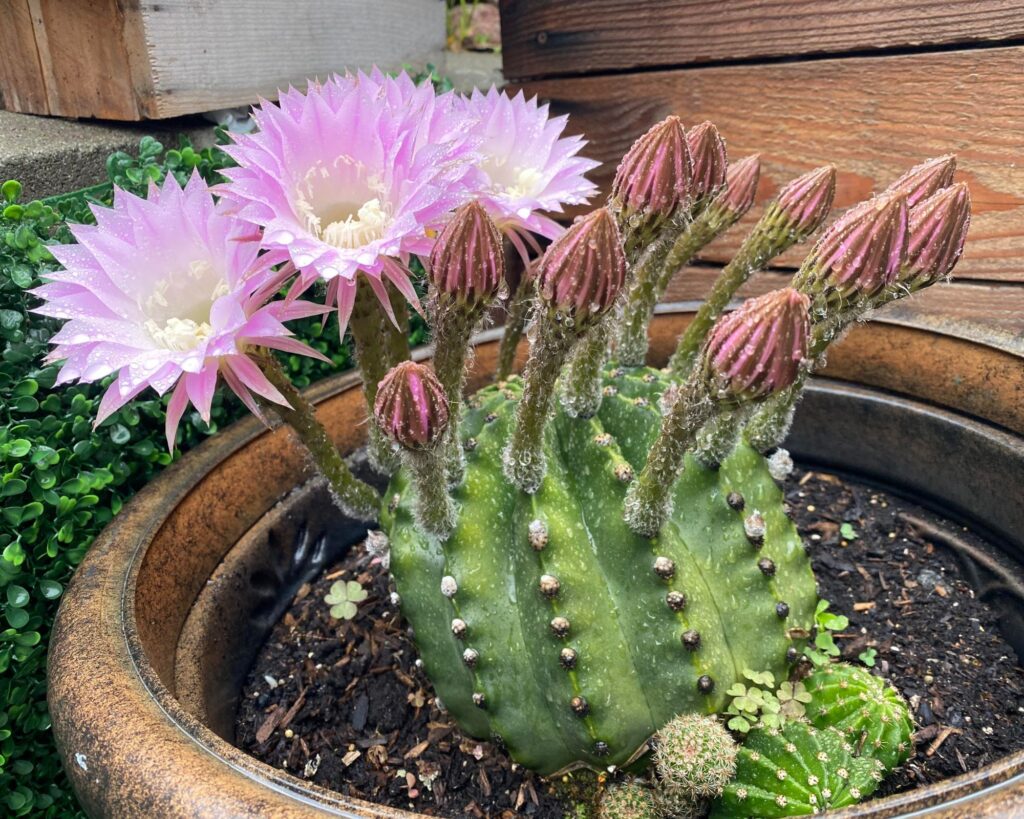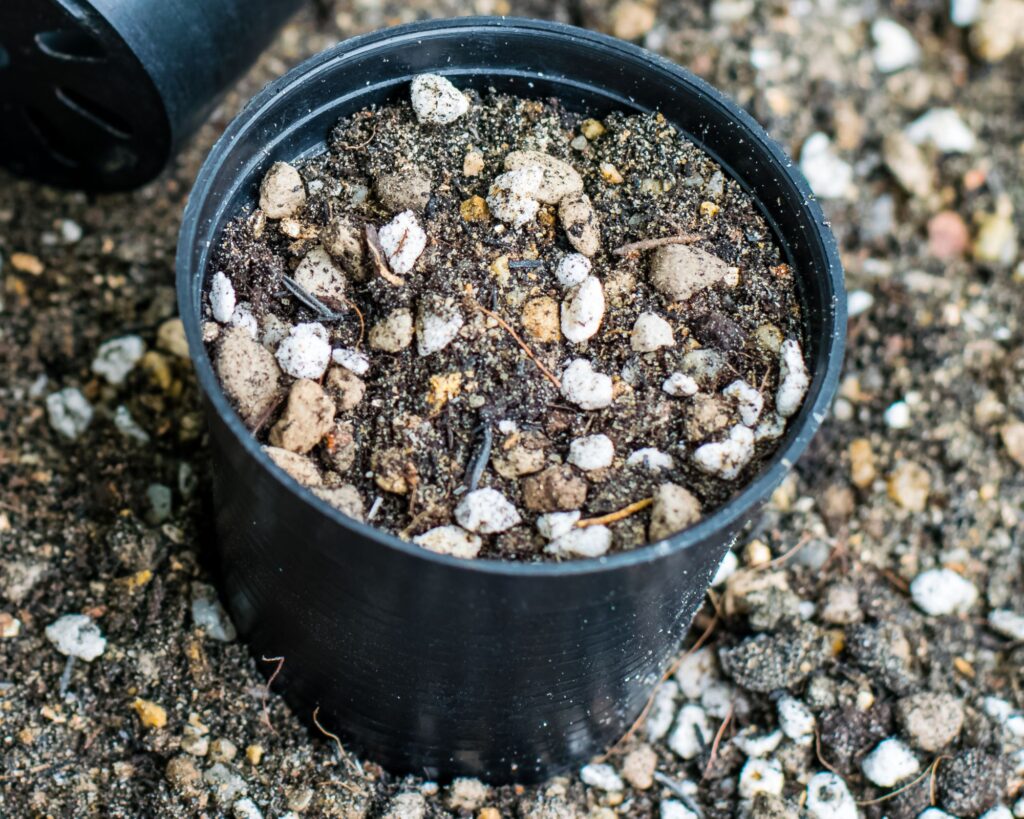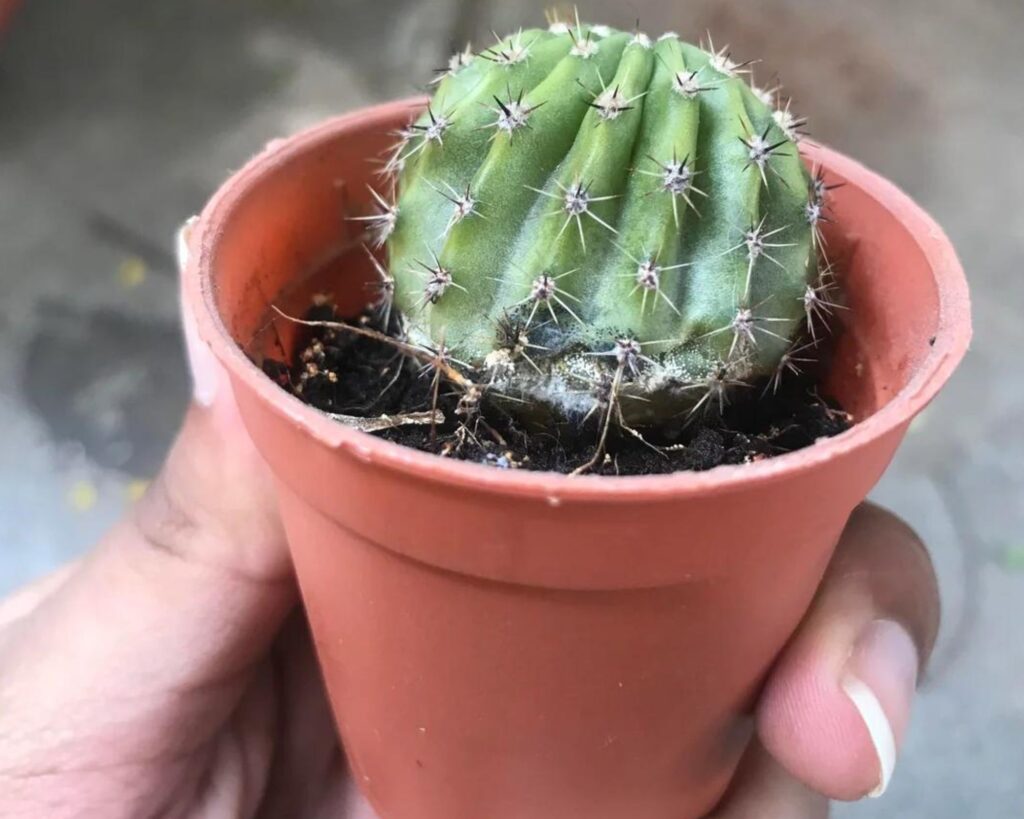What if you could add a touch of the exotic to your plant collection with minimal effort? The Urchin Cactus (Echinopsis spp.) offers just that – a plant so unique and easy to care for that it practically grows itself.
With its striking silhouette and vibrant flowers, this cactus is more than just another plant; it’s a conversation starter.
This cactus, also known as Hedgehog Cactus, Sea Urchin Cactus or Easter Lily Cactus, is beloved by both novice and experienced gardeners for its unique shape, vibrant flowers, and minimal care requirements.
Curious to learn how you can cultivate this beauty in your own home or garden? Keep reading, and we’ll walk you through every step of the process.
What is the Urchin Cactus?
The Urchin Cactus belongs to the Echinopsis genus, which includes over 100 species of cacti native to South America. These cacti are typically small to medium-sized, with a globular or slightly cylindrical shape resembling a sea urchin – hence the name.
The most striking feature of the Urchin Cactus is its beautiful, large, trumpet-shaped flowers that come in a variety of colors, including pink, white, red, and yellow.
One of the most appealing aspects of the Urchin Cactus is its ability to thrive in various environments. Whether you live in a hot, arid climate or a region with cooler temperatures, this resilient cactus can adapt and flourish with the right care.
Why Choose the Urchin Cactus?
Before diving into the how-to of growing the Urchin Cactus, let’s explore why this particular cactus might be the perfect addition to your plant collection:
1. Low Maintenance: Like many cacti, the Urchin Cactus requires minimal care. It’s drought-tolerant, making it ideal for those who may forget to water their plants regularly.
2. Beautiful Blooms: The flowers of the Urchin Cactus are spectacular, often much larger than the cactus body itself. These blooms typically appear in the spring and summer and can last for several days.
3. Compact Size: Urchin Cacti are relatively small, making them perfect for container gardening or as part of a succulent arrangement.
4. Easy Propagation: If you want to expand your cactus collection or share plants with friends, the Urchin Cactus is easy to propagate from offsets or seeds.
Getting Started: How to Grow an Urchin Cactus
1. Choosing the Right Soil
The first step to growing a healthy Urchin Cactus is selecting the right soil. Cacti, including the Urchin Cactus, prefer well-draining soil to prevent root rot. You can purchase a commercial cactus or succulent mix, which is specially formulated for these plants.
Alternatively, you can create your own mix by combining one part potting soil, one part sand, and one part perlite or pumice. This combination ensures that water drains quickly, preventing the roots from sitting in moisture.
2. Potting Your Urchin Cactus
When it comes to potting your Urchin Cactus, choose a container with drainage holes to allow excess water to escape. Terra cotta pots are a popular choice because they’re porous and help prevent overwatering.
The size of the pot should be slightly larger than the cactus itself, giving the roots enough room to grow without overwhelming the plant with too much soil.
To pot your Urchin Cactus:
- Place a layer of small rocks or gravel at the bottom of the pot to improve drainage.
- Add a layer of your well-draining soil mix.
- Gently place the cactus in the center of the pot, then fill in around it with more soil, leaving a small space at the top for watering.
- Lightly press the soil down to secure the cactus in place.
3. Watering the Urchin Cactus
Watering is a critical aspect of Urchin Cactus care. Like most cacti, it’s better to underwater than overwater. During the growing season (spring and summer), water the cactus thoroughly, but allow the soil to dry out completely between waterings.
This mimics the natural desert conditions where cacti thrive.
In the winter, reduce watering significantly, as the cactus enters a dormant phase. Water sparingly, just enough to keep the plant from shriveling. Overwatering during the winter months is one of the most common causes of root rot in cacti.
4. Providing the Right Light
Urchin Cacti love sunlight, but they do best with indirect or filtered light. Too much direct sunlight can cause the cactus to become sunburned, especially if it’s exposed suddenly after being indoors.
A sunny windowsill with filtered light or a spot in your garden with partial shade is ideal.
If you’re growing the cactus indoors and don’t have a bright enough spot, consider using a grow light to supplement natural light. Aim for at least 6 hours of light per day during the growing season.
5. Temperature and Humidity
Urchin Cacti are fairly hardy and can tolerate a range of temperatures. They thrive in temperatures between 60°F and 80°F (15°C to 27°C) during the growing season.
However, they can also handle cooler temperatures down to 40°F (4°C) during their dormant period, as long as they are kept dry.
These cacti prefer low humidity environments, similar to their natural desert habitat. If you live in a particularly humid area, make sure your cactus is in a well-ventilated space to prevent excess moisture buildup.
Propagating Your Urchin Cactus
One of the joys of growing Urchin Cacti is the ease with which they can be propagated. There are two primary methods of propagation: by offsets (pups) and by seeds.
Propagation by Offsets
Offsets, or pups, are small cacti that grow at the base of the parent plant. These can be removed and potted separately to grow new plants. Here’s how to do it:
- Wait until the offset is large enough to handle, usually about 1/3 the size of the parent plant.
- Using a clean, sharp knife, carefully cut the offset from the parent plant.
- Allow the offset to dry for a few days in a warm, dry place. This helps to prevent rot when planted.
- Once the cut surface has calloused over, plant the offset in well-draining cactus soil and water lightly.
Propagation by Seeds
Growing Urchin Cacti from seeds is a bit more time-consuming but rewarding. Here’s how:
- Fill a shallow tray with cactus soil and lightly moisten it.
- Sprinkle the seeds evenly over the surface of the soil. Do not cover them with soil, as they need light to germinate.
- Cover the tray with a clear plastic lid or plastic wrap to create a greenhouse effect.
- Place the tray in a warm, bright location, but out of direct sunlight.
- Keep the soil moist but not soggy, and you should see germination in 2-4 weeks.
- Once the seedlings are large enough to handle, transplant them into individual pots.
Common Problems and Solutions
While Urchin Cacti are relatively low-maintenance, they’re not entirely problem-free. Here are some common issues you might encounter and how to address them:
1. Overwatering: The most common problem with Urchin Cacti is overwatering, which can lead to root rot. Ensure you allow the soil to dry out completely between waterings and reduce watering in the winter.
2. Pests: Although rare, pests like mealybugs and spider mites can infest your cactus. If you notice white cottony spots or webbing, treat the plant with insecticidal soap or a mixture of water and rubbing alcohol.
Source: Reddit
3. Sunburn: If your cactus is exposed to too much direct sunlight, it can develop brown, sunburned spots. Move the cactus to a spot with filtered light and gradually reintroduce it to brighter conditions.
4. Lack of Flowers: If your Urchin Cactus isn’t flowering, it could be due to insufficient light or improper watering. Ensure it’s getting enough light and reduce watering in the winter to encourage blooming in the spring.
Displaying Your Urchin Cactus
The Urchin Cactus is a versatile plant that can be displayed in various ways to enhance your home or garden. Here are a few ideas:
- Container Gardens: Plant your Urchin Cactus in a decorative pot and place it on a sunny windowsill, shelf, or table as a focal point.
- Terrariums: Create a mini desert landscape by combining Urchin Cacti with other small succulents and rocks in a glass terrarium.
- Rock Gardens: If you’re growing the cactus outdoors, consider incorporating it into a rock garden where it can thrive in the well-draining soil and sunny conditions.
With its low-maintenance care, stunning flowers, and compact size, the Urchin Cactus is a must-have for any plant enthusiast. Whether you’re a seasoned gardener or a beginner, this resilient cactus is an excellent addition to your collection.
By following the tips and guidelines outlined in this post, you’ll be well on your way to growing a healthy, thriving Urchin Cactus that will bring beauty and interest to your home or garden for years to come.
So why wait? Start growing your Urchin Cactus today and enjoy the satisfaction of cultivating one of nature’s most fascinating and beautiful plants!
